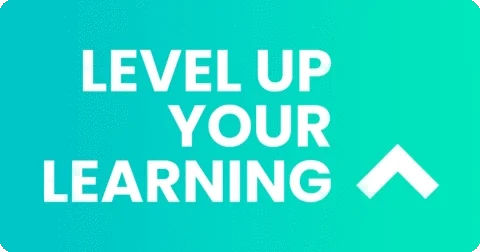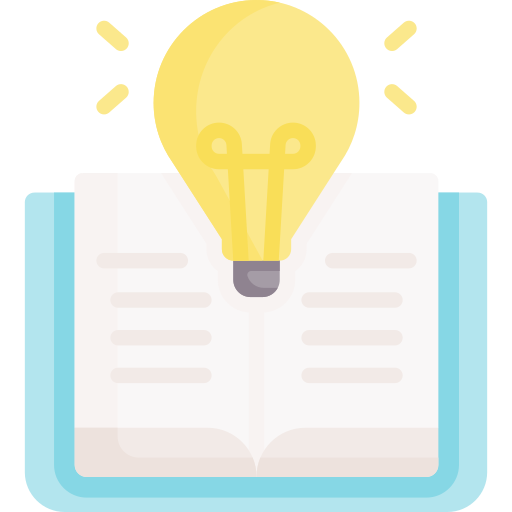
This logo isn't an ad or affiliate link. It's an organization that shares in our mission, and empowered the authors to share their insights in Byte form.
Rumie vets Bytes for compliance with our
Standards.
The organization is responsible for the completeness and reliability of the content.
Learn more
about how Rumie works with partners.
Does the expense and time commitment of going to school full-time seem out of reach for you?
Are you interested in taking charge of your learning so that you gain the skills and knowledge that are important to you?
Self-directed learning lets you determine the time, place, and type of learning you do to solve problems or build skills that matter to you.

And with an ever increasing supply of resources, video tutorials, and courses available online, it may just be the most efficient and affordable way to achieve your learning goals!
Make a Plan For Success
Think self-directed learning is right for you?
Ask yourself:
What learning goals do you have?
What skills do you want to build?
How much time do you have to commit regularly to self-directed learning?
What is your timeframe for completing your learning goals?
What type of learning do you prefer (videos, reading, online courses, podcasts)?
What resources online or otherwise are available for you to use?
Quiz
Clara is making a plan for self-directed learning. Which of the following should be a part of her plan? Select all that apply.
To have the most success, plan out when you'll learn, what you'll learn, and how you'll do it. While knowing when you can't focus on learning is important to keep in mind, it's not critical to your plan.
Get Started
Commit a short amount of time (15-25 min) every day to accomplishing your learning goals.
 Photo by Malvestida on Unsplash
Photo by Malvestida on UnsplashYou'll want to build up the amount of time you spend each day, if possible. Consistent effort toward your learning goals is the most important way to achieve them.

The beauty is you get to decide each day what you'll learn and do!
✅ Pick a time of the day when you feel the most relaxed and focused.
✅ Start with material that is interesting and fun for you.
Did you know?
Practice Using What You Learn
An important step to making learning stick? Do something with it!

Want to learn Photoshop? Then create actual projects that use Photoshop.
Trying to learn Spanish? Find a conversation partner who you can practice with regularly.

Not only will this help the learning stay in your memory, but it also makes it more interesting and motivating to keep learning.
Collaborate with Others
A great way to increase the interest and fun of self-directed learning: find others who are learning the same thing as you!
 Photo by Brooke Cagle on Unsplash
Photo by Brooke Cagle on UnsplashLearning with others allows you to:
Share challenges and successes.
Have someone to hold you accountable.
Get advice, feedback, and support from your peers and those more experienced in the field than you.
Monitor Your Progress and Make Adjustments
Don’t be afraid to make adjustments or abandon something that isn't working for you.
Ask yourself:
Are my goals realistic? Do they support the skills I'm trying to master?
Am I enjoying the materials and activities I've chosen to study?
What have I accomplished so far and what do I still need to master?
Remember, YOU are in charge of your learning. Making it meaningful and interesting to you is the goal of self-directed learning.

Quiz
Jared is taking a free online course on Python programming, but is finding that the assignments are too theoretical and aren’t really helping him to learn Python in the real world? What should he do? Choose all that apply.
Jared shouldn’t be afraid to abandon a course that isn’t working for him. It certainly doesn’t mean the topic isn’t for him. It's important to choose learning content that is interesting and meaningful to you. You are in charge of your learning!
Take Action

Does self-directed learning sound like it might work for you?
Consider these next steps:
This Byte has been authored by
Yvonne Caples
Learning Experience Designer | CS Educator
